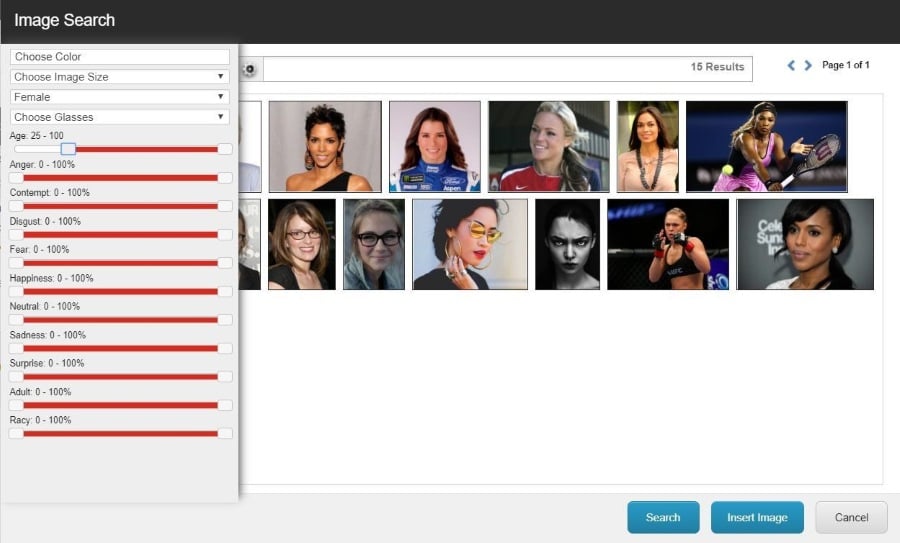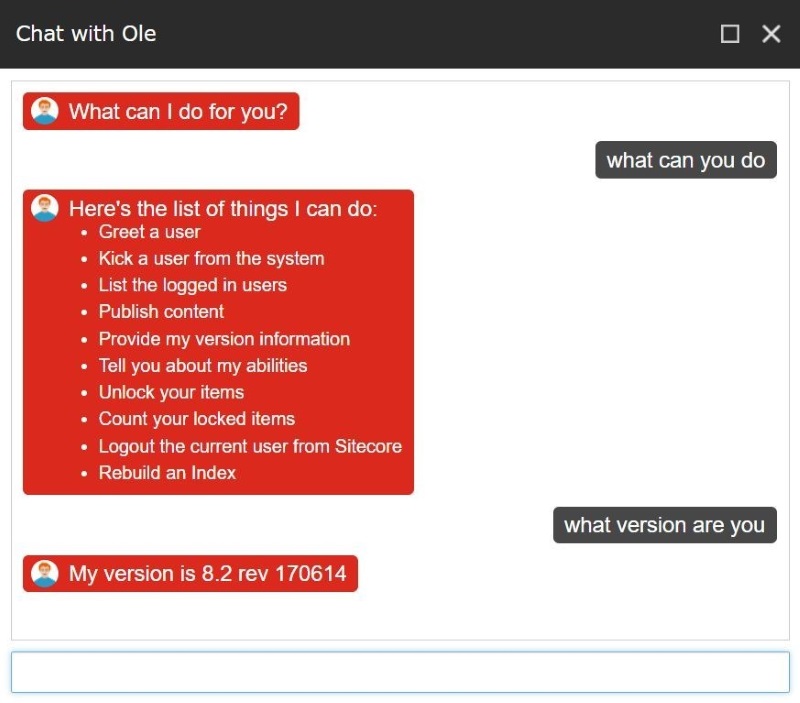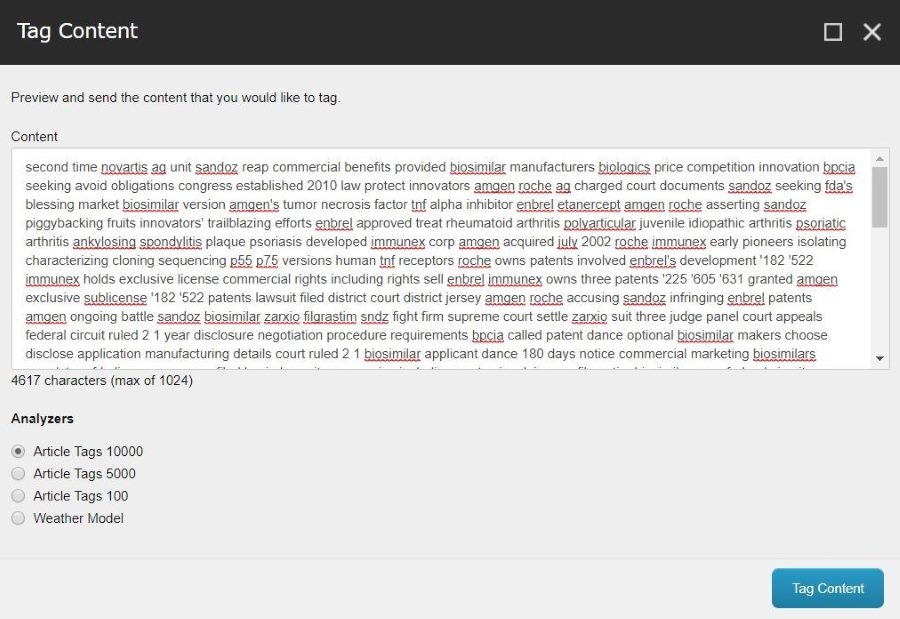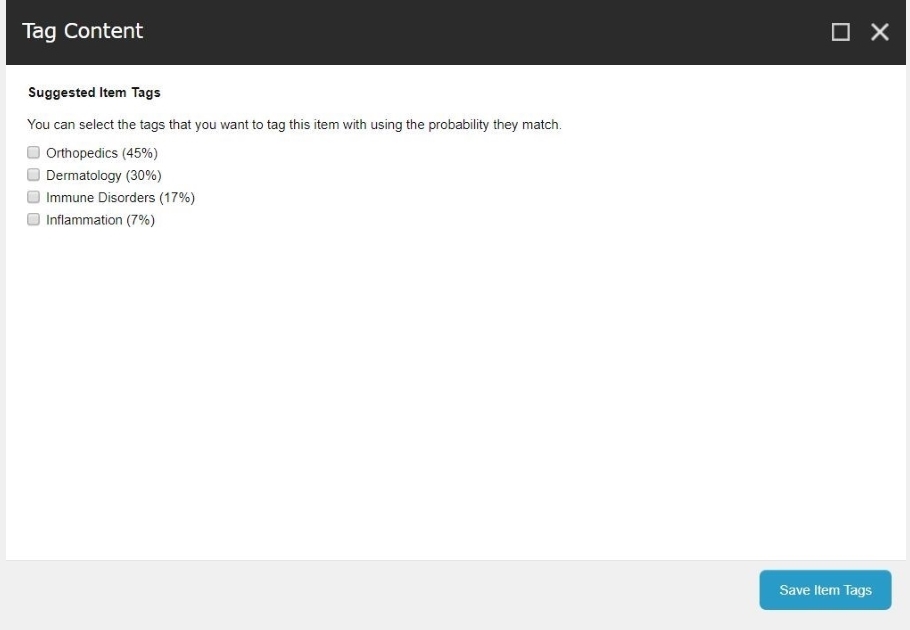How Velir Uses Machine Learning APIs with Sitecore

In Part 1 of this post, we introduced some exciting applications of machine learning (ML) and artificial intelligence (AI) in the digital marketing space. We’re passionate about this technology and finding ways to use it to help solve our clients’ daily challenges with digital marketing. In this post, we’ll delve into related projects that we’re working on here at Velir. A few years ago, we began exploring various ML APIs put out by some of the top technology providers. We’re currently focused on utilizing inexpensive, easily-available ML APIs to enable marketers and editorial teams to do more with their time.
Intelligent Services
There are a number of different companies that have started to produce consumer-available ML APIs. We refer to this vast array of offerings as a web of intelligence. The leaders in this space are Microsoft, IBM, Google, and Amazon. Currently, their offerings do vary - certain providers excel in different areas (e.g. speech to text, image recognition, etc.). As they compete to expand their capabilities in this arena, their solutions will likely converge. However, at the moment, it’s best to evaluate the different offerings to find the ones that are best suited to solve your current business needs.
The beauty of companies like Microsoft is that they invest heavily in resources including the top data scientists in the world. This means that everyone who wants to use the technology can do so easily without having to understand how the intricacies of how the algorithms work. When crafting solutions that are based on them, what’s important to know is which classification APIs are available and what business challenges they can be used to solve.
The Cognitive Core: What Is It & What Can It Do?
We've been innovating with this technology and started developing what we call the Cognitive Core (code that connects to any company that provides ML-based APIs). The Cognitive Core wires this code directly into Sitecore, allowing us to implement ML-enabled Sitecore solutions.
"When you can focus on the tools available, you’re able to see harmonies and find creative new ways to solve challenging problems."
We’ve already implemented most of the APIs provided by Microsoft and IBM in the Cognitive Core, but we’re moving toward covering as many APIs as possible (we’re planning on tackling Google and Amazon’s APIs next and integrating them into the Cognitive Core). At this point, the Cognitive Core is open source, so anyone can take advantage of its benefits.
Three features that we’re building on top of the Cognitive Core are image search, chatbots, and content tagging. Let's see what the possibilities for each one might entail.
Image Search Using Computer Vision
One example of how we use the Cognitive Core with Sitecore is simplifying media storage and retrieval to help increase the productivity of content authors. Using facial recognition and computer vision, we’re able to build a robust image search. Instead of digging through hundreds of folders and thousands of images, you can now filter images by gender, age, emotion, image size, color, or tags/content. If you’re struggling to match the right image to your campaign, then this is the tool you’ve been hoping for.

Image search utilizing Cognitive Core with Sitecore
Chatbots Using Natural Language Processing
Natural Language Processing (NLP) is a way of analyzing a sentence to understand its context, meaning, and sentiment. The most obvious use for NLP is in chatbots.

Chatbots using Natural Language Processing (NLP)
However, this is only scratching the surface. Consider that your search bar could be transformed from a simple text search to a much more capable utility with the use of NLP. Say, for example, you have an ecommerce website, and someone searches for “I want to buy (this) book”. Instead of searching for those words, your NLP-enabled technology could offer to place that book into their shopping cart. Now, the search box is much friendlier and more helpful to your customers.
Another use of this is with forms. If you’re allowing users to post comments or feedback, you could use NLP to determine what percentage of comments are positive versus negative. You could more quickly identify when it changes from positive to negative and take corrective action. Maybe a new product or feature didn’t live up to expectations or maybe a campaign had a powerful positive impact; using this technology, you can now know what works well and what doesn’t.
"To a nimble marketing team trying to get the most out of their marketing technology, NLP can play a critical role."
Content Tagging Using Classification
Classification is the process of matching taxonomy to text. Taxonomy is a hierarchical list of terms within a specialty or area (e.g. medical specialties and sub-specialties).
A common pain point for content authors is that after researching and writing a great piece of content, they need to spend valuable time to apply taxonomy (through tagging). Often there is more than one type of taxonomy that must be applied (region, category, status). What we’re currently developing is a way to automate this (i.e. auto-tagging). You’ll initially have to tag some of your content manually to have a pre-existing model that allows the technology to learn the relationships between your tags and content. However, going forward, it can extrapolate tags for any future content using ML, so that you won’t have to continue to do this task manually.


Content Tagging using Classification
We’re currently prototyping a solution that allows you to tag content with your own taxonomy (BYOT! - Bring Your Own Taxonomy). This means you have much more flexibility in what you can tag without the constraints of a universal taxonomy. This can be especially helpful for a niche product line, for example. With this type of technology, there is a tradeoff though. To be able to learn your custom list of tags, you will need to provide a certain amount of tagged content initially for the system to train on.
Accessible Pricing
Any experienced marketer has seen new technologies come and go and will inevitably ask themselves what makes AI and ML different. The answer is Microsoft Azure, IBM Blue Mix, Amazon AWS and Google Cloud. They are pioneers in this space and have invested a great deal of resources into it. The wide availability of ML offerings and the steep drop in price is due primarily to the work of these four organizations. They have computing platforms that scale and teams of researchers constantly improving the accuracy and output of these solutions. The investment to utilize these tools is based on consumption, but the per request cost is low, making it affordable for nearly any business to get value out of it.
Looking to the Future: Guided Optimization
We have some practical solutions that can be used right now, but also see the potential for long-term growth with this technology, giving us additional practical ideas that we’ve yet to build. For example, we believe that in the future, your relationship with your CXM tool could be more than just a one-way interaction. What if it could reach out to you?
We believe that the future of digital content management and customer experience includes systems playing a key role where they tell you when they're underperforming (load performance, persistent errors, campaign traction, etc.), and provide recommendations for how they may be better utilized. In a brighter future, an ML-enabled CXM platform could begin to teach you how to write the most effective content for a specific audience segment, or notify you when a new segment is identified.
There’s little doubt that machine learning and AI will become an integral part of digital marketing in the coming months and years. We believe in the technology and recognize the importance of making these intelligent services available to all businesses that want to utilize them to better connect with their customers. By taking advantage of the tools developed by leading tech companies, we’re able to bring their power to our clients by integrating them into existing technology stacks and providing knowledge on how best to utilize them.
Can you envision using ML to improve the efficiency and outputs of your digital marketing and customer experience solutions? We’d be happy to connect with you to show you a demo and discuss what's possible based on your needs. Reach out to us at [email protected] to learn more or comment below to join the discussion.



